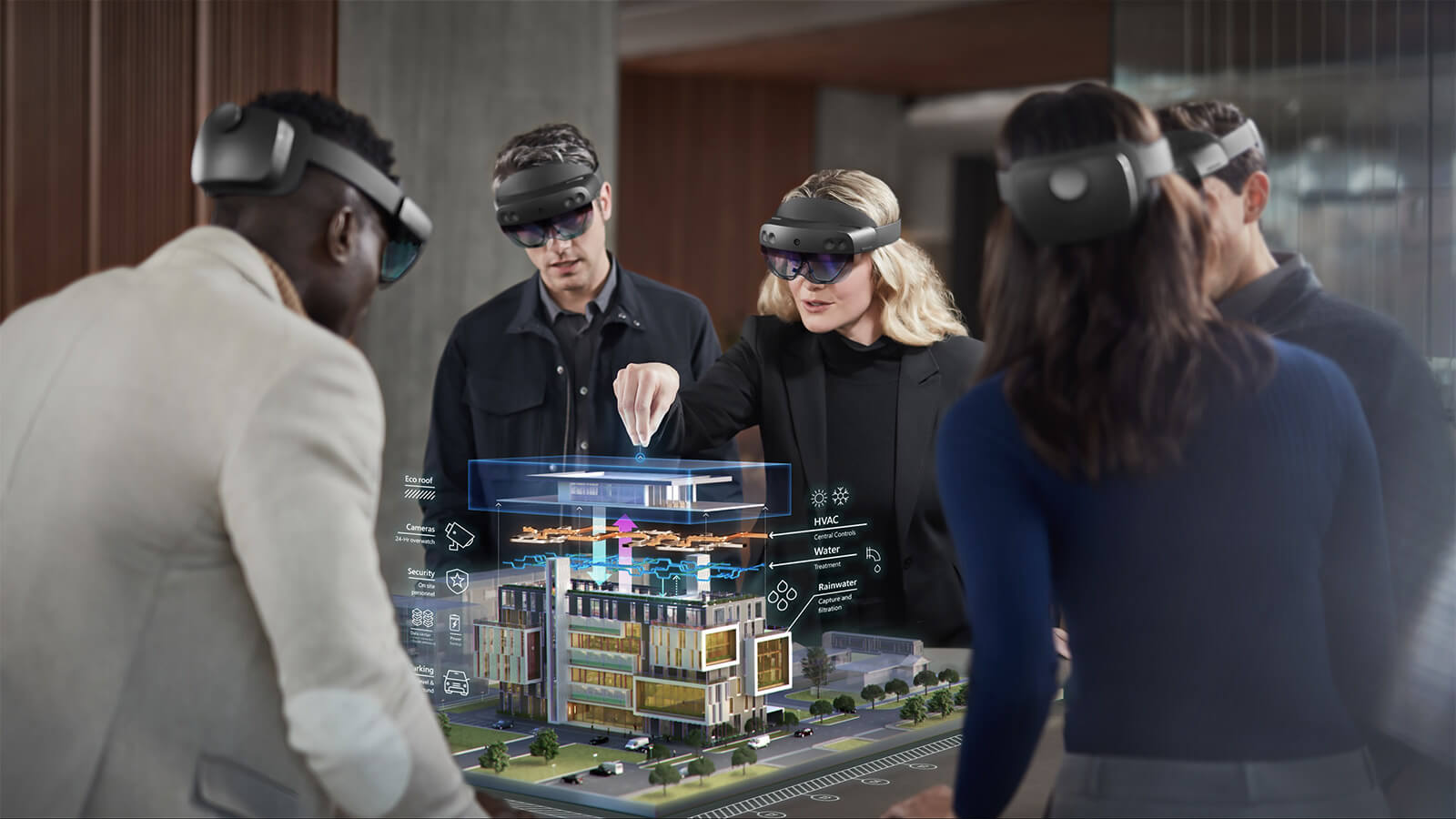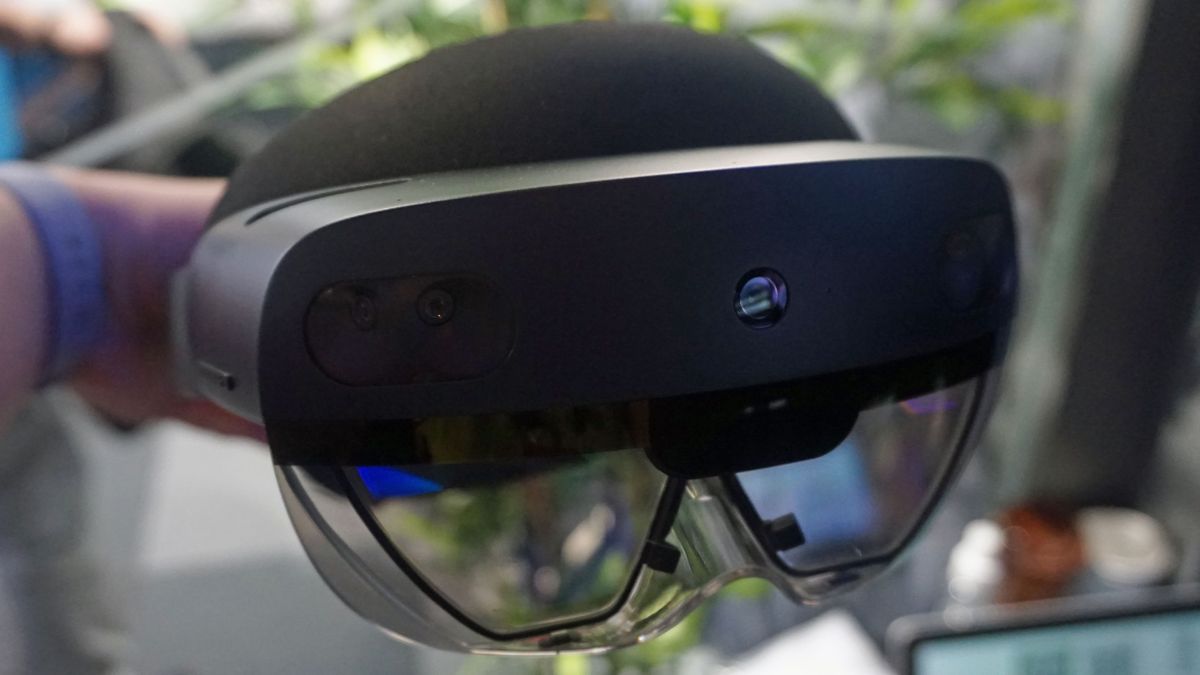Microsoft has officially discontinued its HoloLens 2 mixed reality headset, marking the end of its venture into consumer-focused augmented reality hardware. This decision was announced in early October 2024, and it signifies a shift in Microsoft's strategy towards enterprise solutions rather than consumer hardware.
Key Points:
-
End of Production: Microsoft has ceased the production of HoloLens 2, and the device will remain available for purchase only while existing stocks last. The company has also announced that it will stop shipping updates for the device by the end of 2027 .
-
No Successor Planned: There are currently no plans for a third-generation HoloLens, indicating that Microsoft is stepping back from developing new augmented reality hardware for the consumer market .
-
Enterprise Focus: The discontinuation reflects Microsoft's broader strategy to focus on enterprise applications of augmented reality, where the HoloLens has found more success. The device has been used in various professional fields, including healthcare, engineering, and education, for tasks such as remote assistance and training .
-
Challenges and Changes: The decision comes after a series of challenges for the HoloLens team, including leadership changes and layoffs. The former head of the HoloLens team, Alex Kipman, left the company in 2022 following misconduct allegations, and the team faced significant layoffs in 2023 and 2024 .
Visual Insights:
- HoloLens in Action: Images of professionals using HoloLens headsets show its application in collaborative environments, such as interacting with digital 3D models and holographic elements, highlighting its utility in enterprise settings.

- Design and Features: The HoloLens headset is known for its distinctive design, featuring transparent lenses and multiple sensors, which facilitate its augmented reality capabilities.

This move by Microsoft underscores the challenges tech companies face in balancing consumer and enterprise markets, especially in emerging technologies like augmented reality.

